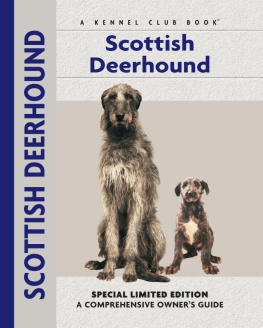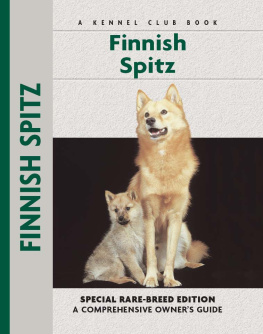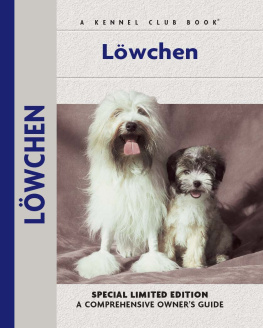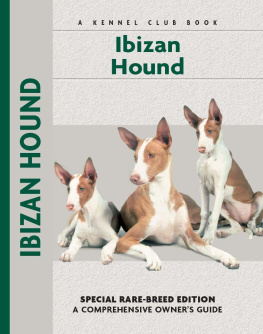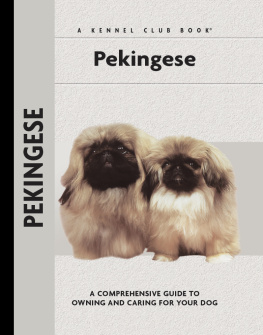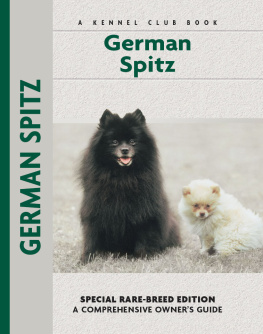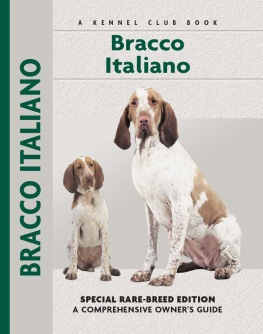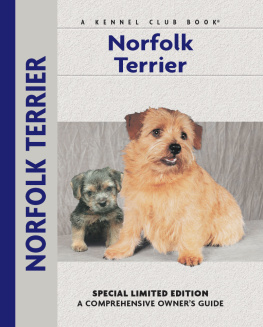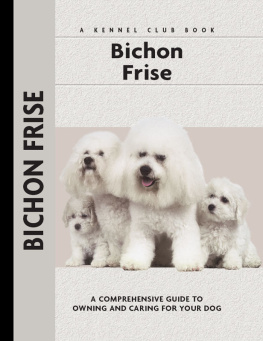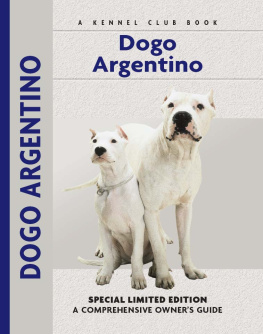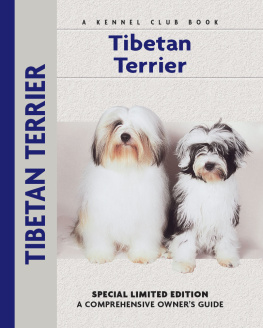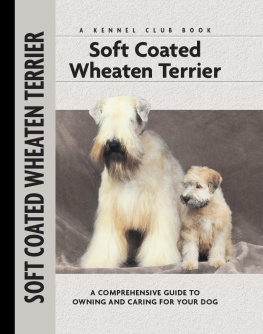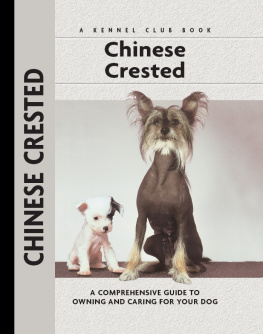Physical Characteristics of the Scottish Deerhound
(from the American Kennel Club breed standard)
Head: Long, the skull flat rather than round with a very slight rise over the eyes.
Ears: Set on high. The ears should be soft, glossy, like a mouses coat to the touch and the smaller the better.
Eyes: Darkgenerally dark brown, brown or hazel.

Neck: Longof a length befitting the Greyhound character of the dog.
Nose: Black (in some blue fawnsblue) and slightly aquiline.
Muzzle: Pointed, but the teeth and lips level.
Shoulders: Well sloped; blades well back and not too much width between them.
Chest: Deep rather than broad but not too narrow or slab-sided.
Legs: Broad and flat, and good broad forearms and elbows are desirable. Forelegs must, of course, be as straight as possible.
Feet: Close and compact, with well-arranged toes.
Body: General formation is that of a Greyhound of larger size and bone.
Loin: Well arched and drooping to the tail.
Tail: Tolerably long, tapering and reaching to within 1.5 inches of the ground and about 1.5 inches below the hocks.
Hindquarters: Drooping, and as broad and powerful as possible, the hips being set wide apart. The stifles should be well bent with great length from hip to hock, which should be broad and flat.
Color: Dark blue-gray is most preferred. Next come the darker and lighter grays or brindles, the darkest being generally preferred. Yellow and sandy red or red fawn, especially with black ears and muzzles, are equally high in estimation.
Coat: The hair on the body, neck and quarters should be harsh and wiry about 3 or 4 inches long; that on the head, breast and belly much softer.
Height:DogsFrom 30 to 32 inches. BitchesFrom 28 inches upwards.
Weight: From 85 to 110 pounds in dogs, and from 75 to 95 pounds in bitches.

Contents

Travel through antiquity to discover the true origins of this age-old sighthound from Scotland. From early written references to historical accounts by early promoters of this breed, trace the rise of this fashionable rough-haired hound at the side of Queen Victoria, its presence at the shows in England, the struggles of early breeders and the breeds exportation to American shores.

Discover whether the Scottish Deerhound is the right dog for you. Learn about the breeds personality, its sizable requirements, amicability with other pets and children and much more. The potential owner is also made aware of the various hereditary problems known in the breed that concern breeders and owners today.

Learn the requirements of a well-bred Scottish Deerhound by studying the description of the breed set forth in the American Kennel Club standard. Both show dogs and pets must possess key characteristics as outlined in the breed standard.
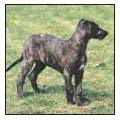
Find out about how to locate a well-bred Scottish Deerhound puppy. Discover which questions to ask the breeder and what to expect when visiting the litter. Prepare for your puppy-accessory shopping spree. Also discussed are home safety, the first trip to the vet, socialization and solving basic puppy problems.
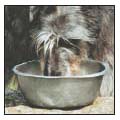
Cover the specifics of taking care of your Scottish Deerhound every day: feeding for the puppy, adult and senior dog; grooming, including coat care, ears, eyes, nails and bathing; and exercise needs for your dog. Also discussed are the essentials of dog identification.

Begin with the basics of training the puppy and adult dog. Learn the principles of house-training the Scottish Deerhound , including the use of crates and basic scent instincts. Get started by introducing the pup to his collar and leash and progress to the basic commands. Find out about obedience classes and other activities.

By Lowell Ackerman DVM, DACVD
Become your dogs healthcare advocate and a well-educated canine keeper. Select a skilled and able veterinarian. Discuss pet insurance, vaccinations and infectious diseases, the neuter/spay decision and a sensible, effective plan for parasite control, including fleas, ticks and worms.

Know when to consider your Scottish Deerhound a senior and what special needs he will have. Learn to recognize the signs of aging in terms of physical and behavioral traits and what your vet can do to optimize your dogs golden years. Consider some advice about saying goodbye to your beloved pet.

Step into the center ring and find out about the world of showing pure-bred dogs. Here are the basics of AKC conformation showing, including how shows are organized and whats required for your dog to become a champion. Take a leap into the realms of obedience trials, agility, tracking, lure coursing and racing for sighthounds.
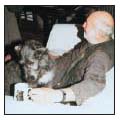
Analyze the canine mind to understand what makes your Scottish Deerhound tick. Learn how to recognize and deal with common behaviorial issues including separation anxiety, different types of aggression, chewing, jumping up, barking and more.
K ENNEL C LUB B OOKS S COTTISH D EERHOUND
ISBN 13: 978-1-59378-293-1
eISBN 13: 978-1-62187-038-8
Copyright 2005 Kennel Club Books An Imprint of I-5 Press A Division of I-5 Publishing, LLC
3 Burroughs, Irvine, CA 92618 USA
Cover Design Patented: US 6,435,559 B2 Printed in South Korea
All rights reserved. No part of this book may be reproduced in any form, by photostat, scanner, microfilm, xerography or any other means, or incorporated into any information retrieval system, electronic or mechanical, without the written permission of the copyright owner.
10 9 8 7 6 5 4 3 2 1
Photography by Carol Ann Johnson
with additional photographs by:
Dave and John Ashbey, Paulette Braun, T.J. Calhoun, Alan and Sandy Carey, Juliette Cunliffe, Isabelle Franais, Bill Jonas, Kent Standerford, Steve Surfman and Alice van Kempen.
Next page
